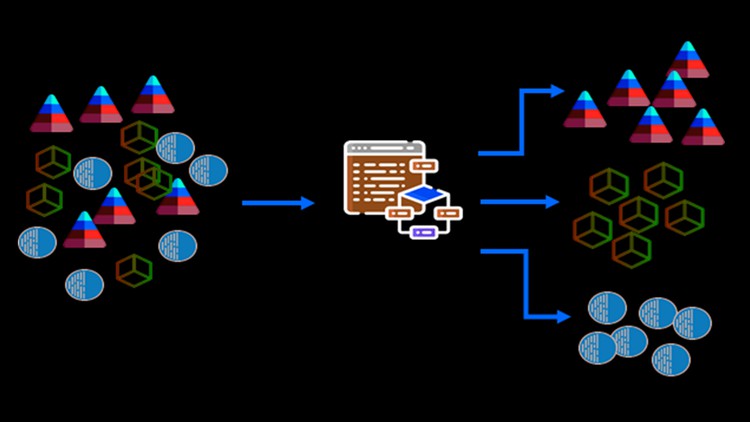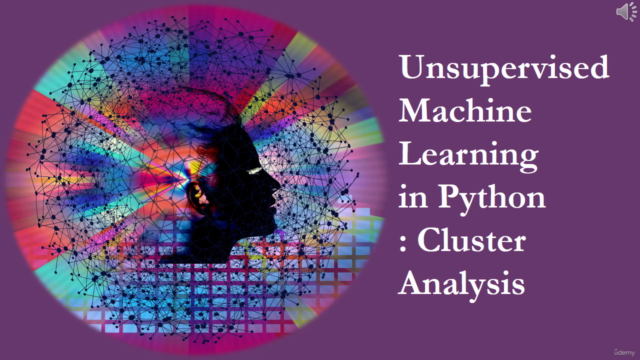Cluster Analysis : Unsupervised Machine Learning in Python
A Quick Way to Learn and Implement Clustering Algorithms for Pattern Recognition in Python. A Course for Beginners.
4.13 (8 reviews)

1,032
students
1 hour
content
Aug 2022
last update
$34.99
regular price
What you will learn
Describe the input and output of a clustering model
Prepare data with feature engineering techniques
Implement K-Means Clustering, Hierarchical Clustering, Mean Shift Clustering, DBSCAN, OPTICS and Spectral Clustering models
Determine the optimal number of clusters
Use a variety of performance metrics such as Silhouette Score, Calinski-Harabasz Index and Davies-Bouldin Index.
Screenshots




4757894
udemy ID
6/29/2022
course created date
7/27/2022
course indexed date
Bot
course submited by